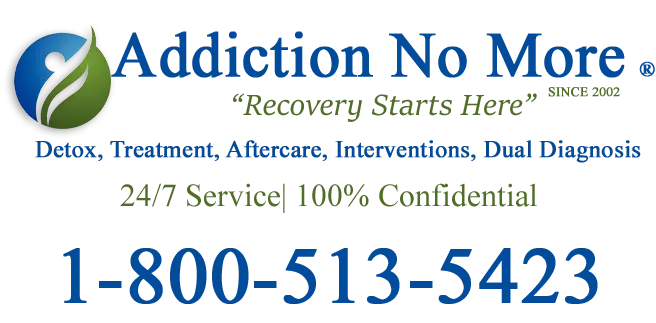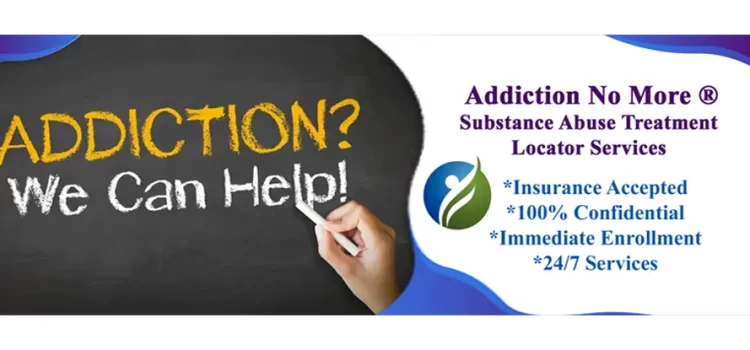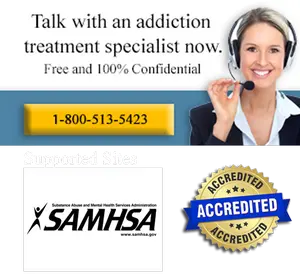Signs You are Enabling A Person to Be An Addict
“Am I An Enabler?” This is a question that you may ask yourself when dealing with a loved one who is addicted to drugs or alcohol. There is a fine line between helping an addict and enabling them.Sometimes, family members help, rescue, support, or protect their loved one from facing the negative consequences of their substance use. For example, giving them money, lying for them, or paying their bills. These are called “enabling behaviors” or “enabling.”
We cannot stress enough how important it is to the well-being of the individual involved that you do not facilitate their addiction or continue to clean up the messes that they make due to an addiction. Getting the addicted person into the best drug rehab is an important decision, and we can help you find them best drug treatment program in their area today.
1-800-513-5423
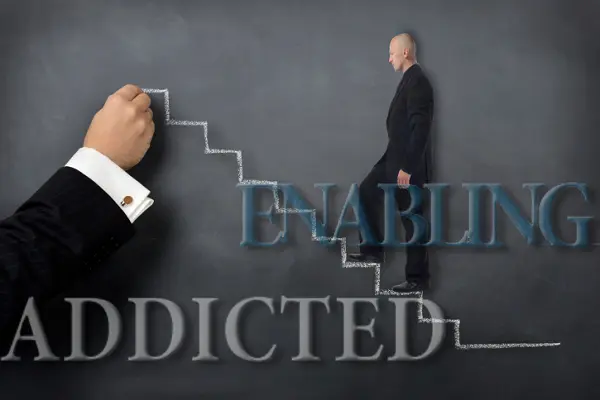
What is Enabling?
Enabling is when someone helps a loved one avoid negative consequences brought on by addiction, helping them to avoid responsibility for their actions. Enabling can make it easier for the person to continue their behavior, such as substance use or other harmful behaviors, and can prevent them from addressing the consequences.Substance abuse can become a serious problem for many people. NIDA ( National Institute on Drug Abuse) estimates as of 2012 that, almost 24 million people in the United States needed to seek treatment for addiction. Out of almost 24 million people, only about 2.5 million actually seek treatment, leaving almost 20 million people who are in denial about their addictions.
With the staggering addiction epidemic, these numbers suggest that there is a serious problem that has gone unhandled to the point of being out of control. Many people with addictions are in denial about their addictions. Denial is a complex issue, but for many, if they do not see the consequences of their actions, then there is no reason to change. The common factor that encompasses the denial process is the addict has one or more enablers that bail them out of any problems that arise due to knowing or not knowing about their addictions.
Enabling an addict can be extremely dangerous for the addict and the enabler. For example, if you make someone’s bed every day and don’t ever teach the young child to make their own bed, they will never learn that the bed needs to be made up every day. It is the same for addiction enabling. If the addict does not see the consequences of their own addiction problems, then they do not see there is a problem. If they feel that everything is great and there is no problem, then why would they want to make a change? This can have long-lasting mental, physical, and emotional damage to both parties involved.


Signs of Enabling
Below is a list of enabling behaviors and signs that you are helping someone stay addicted.
*Blaming others or situations other than the addict to make excuses for behaviors or actions. The enabler may accuse others that their actions have caused the addiction problem. All this is done to protect the addict from the consequences of their actions and drug abuse.*Putting the needs of the addict before the needs of the enabler. It is and always will be in the nature of some people to want to help someone in their times of need, but enabling takes this a bit too far. While the addict needs and wants for nothing, the enabler puts their own needs on the back burner. This is done out of love but can have devastating consequences for both the addict and the enabler.
*Enablers have difficulty expressing their emotions. Enablers, oftentimes, can start to become seemingly emotionless as they become ever concerned with expressing the wrong emotion. They tend not to express feelings one way or another in the hope that they will not perpetuate a negative response from the addict.
*Ignoring the addict’s increasingly negative and dangerous behaviors. This can involve just about anything from denying that a problem even exists to overlooking behavior changes and actions.
*Lying to friends or family just to cover the reasons for the poor behavior or actions of the addict. An enabler will cover for the addict to keep the peace and to make sure that there is no confrontation that the addict has to deal with.
All of these enabling signs can lead to an enabler with the feeling of resentment towards the addict. It is quite common to resent the addiction and the addict, all the while enabling the addiction to still have a hold on both lives.
Addiction can become a family disease and can have long-lasting emotional as well as physical effects on the family, friends, and the person who has become addicted to drugs or alcohol. Breaking the chain of enabling can be very difficult for some, as they tend to see what they are doing is helping. Sometimes, it takes an intervention to understand the scope of the enabling and addictive behaviors. If you have any concerns about enabling someone, please call us now.
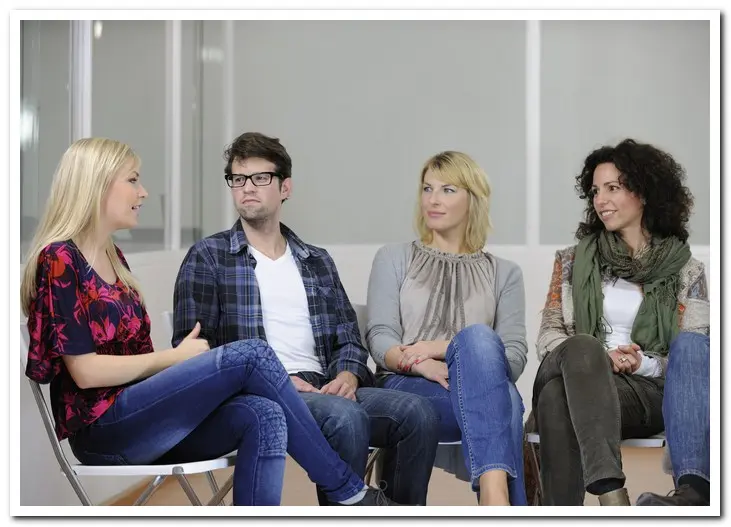
1-800-513-5423

When your spouse, teen, adult child, friend, or any other loved one is facing an underlying addiction problem in their life and they don’t want to get help, an intervention is necessary. It is imperative that you get them help from a professionally trained interventionist team.
How to end the cycle of enabling addiction
Enabling an addict can become a serious problem very fast. Breaking the cycle of enabling behaviors can help the addict see the consequences of their actions while helping them learn that their actions affect more than only themselves. Here are a few examples of learning how to stop the enabling process.
*Stop cleaning up after them. While intoxicated, addicts can become messy and may even break things depending on their mental state at the time of usage. Let them clean up their messes as they can see what they did while intoxicated. *Stop paying their bills. Some addicts have it really good. They can spend their money on drugs or alcohol, all the while their bills are being taken care of by friends or family.
*Follow through with all plans that are made.
*Do not adjust your schedule or activities, even if they refuse to participate. Do not let the negative behaviors rule your life go without them.
*Look at your options. When enabling someone, we need to look at if the short-term anguish that can happen versus the long-term effects that letting the addiction continue will produce.
*Stop putting yourself in danger. You should not let the addict put you in situations that can lead you to harm or legal problems. If they want to continue their unsafe behavior, they need to walk that road without you.

Take action now. Stop enabling behaviors and get your loved one the help they need.
When you have an addict in your life, it can be difficult to break the habit. For an addict to feel the consequences of their actions, they must feel that there are real consequences they will have to face. Sometimes, this can be the only way that an addict will feel the need to go get help with their addiction. It is a hard habit to break, and it can be difficult to discern the difference between helping and enabling. If you feel that you may have a problem with enabling an addict, please give us a call, and we will help you decide if there is a need for treatment or counseling.
1-800-513-5423
There are groups available that can help families learn how to stop enabling.
Nar-Anon Family Groups (narcotics abuse) http://www.nar-anon.org/
Al-Anon Family Groups (alcohol abuse) http://www.al-anon.org/
These groups can be found very easily online and in brick-and-mortar locations, or you can call us, and we can get you connected with one of these groups as well.
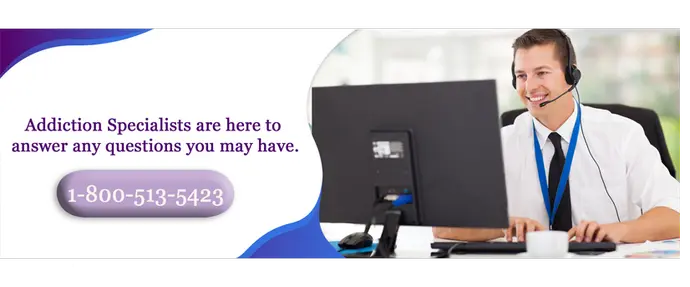
Sources
What is Enabling?
Enabling or Engaging?
Erik Epp – Content Author

Our certified addiction specialists are here to answer any questions that you may have. Please call us toll-free today. We are here for you 24 hours a day, 7 days a week.
Sources
What is Enabling?
Enabling or Engaging?
Erik Epp – Content Author
Summary
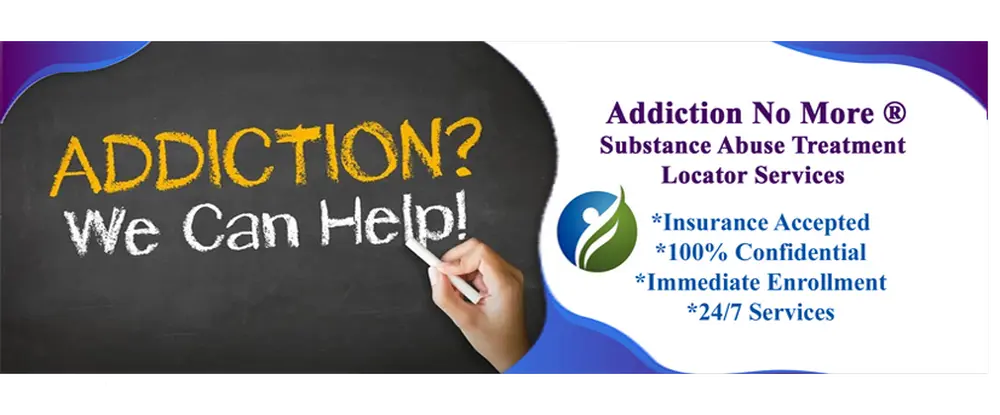
Service Type
Am I an Enabler, Enabling an Addict
Area
Helping people find drug treatment nationwide.
DescriptionEnabling a loved one when they are addicted can be a confusing time. Read more to find out if you are an enabler.
